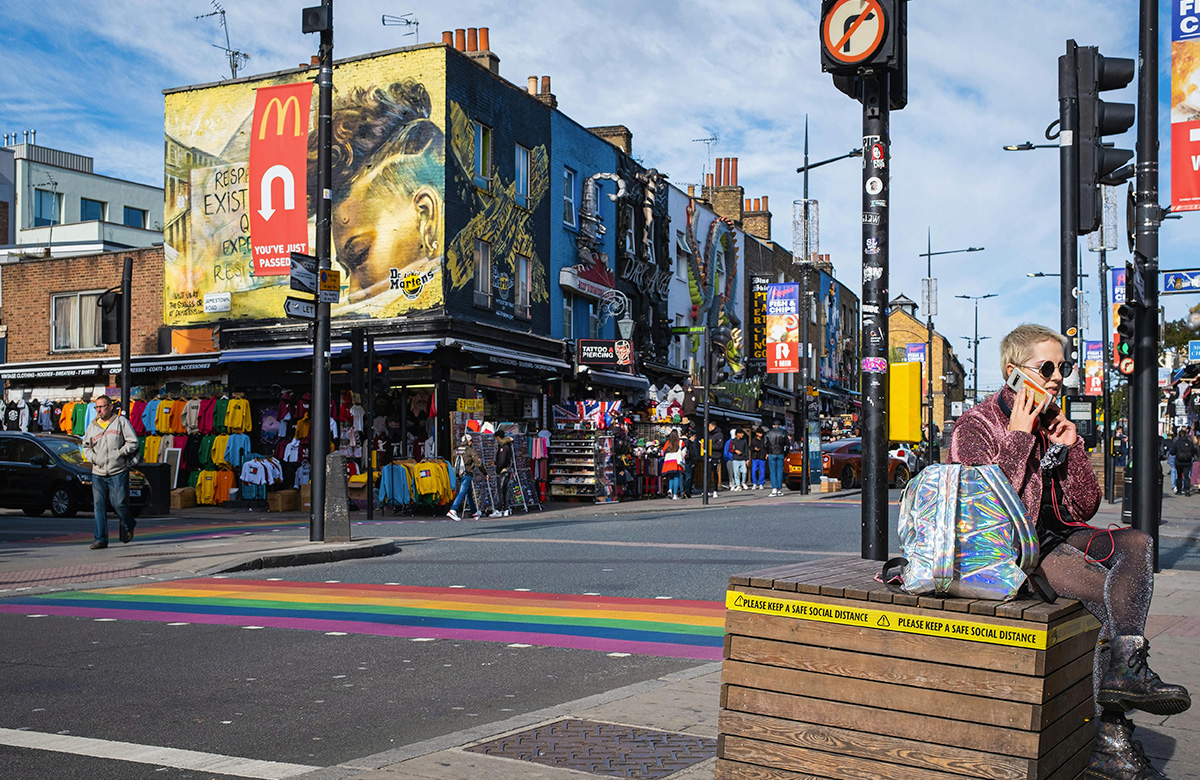Every minute counts when it comes to delivering medication. A delayed package isn’t just an inconvenience—it can mean the difference between stabilising a critical patient and a medical emergency. Unlike standard parcel deliveries, medication logistics demand precision, speed, and an unwavering commitment to safety. But what makes this process so complex, and how is the industry evolving to meet growing demands?
The Challenges of Hourly Medication Deliveries
1. Tight Time Constraints Many medications—especially those for pain management, post-surgery recovery, or emergency treatments—must be delivered within strict timeframes. A delay in chemotherapy drugs or insulin, for example, can have severe health consequences. With unpredictable traffic, driver shortages, and logistical hurdles, ensuring timely delivery is a constant battle.
2. Cold Chain Logistics Some medications require strict temperature control, with biologics and vaccines needing storage between 2°C and 8°C. Any deviation from these parameters can compromise the medication’s efficacy. Specialised delivery vans and real-time temperature monitoring are essential, yet even with these systems, failures can occur due to human error or technical issues.
3. Verification and Security Risks Unlike standard e-commerce orders, prescription medication cannot be left unattended at a doorstep. Every delivery requires identity verification to prevent fraud and ensure patient safety. Controlled substances, such as strong painkillers, also come with additional security concerns, making delivery both a logistical and regulatory challenge.
The Future of Medication Delivery
With demand growing, new technologies are reshaping how medication is delivered: 🔹 AI-Driven Route Optimisation – Advanced algorithms help couriers navigate real-time traffic data, choosing the fastest and most efficient routes to avoid delays. Some UK-based pharmacies are already piloting this technology to cut delivery times significantly.
🔹 Drones and Autonomous Vehicles – In rural areas where access to pharmacies is limited, drones are emerging as a potential game-changer. The NHS has trialled drone deliveries for chemotherapy drugs, drastically reducing transit times.
🔹 Smart Lockers and Secure Pick-Up Points – To avoid failed deliveries, some companies are setting up temperature-controlled lockers where patients can collect their prescriptions at a convenient time. This reduces delivery pressure and improves accessibility.
🔹 Blockchain for Supply Chain Transparency – Ensuring that medications remain safe and untampered with is crucial. Blockchain technology is now being explored to create secure, traceable records of each step in the supply chain.
Final Thoughts
Medication delivery isn’t just about logistics—it’s about people’s health, safety, and well-being. With rapid advancements in technology and evolving delivery models, the future of pharmaceutical logistics is becoming more efficient and patient-centred. However, challenges remain, and continuous innovation is essential to ensure that life-saving medications reach those who need them on time, every time.









